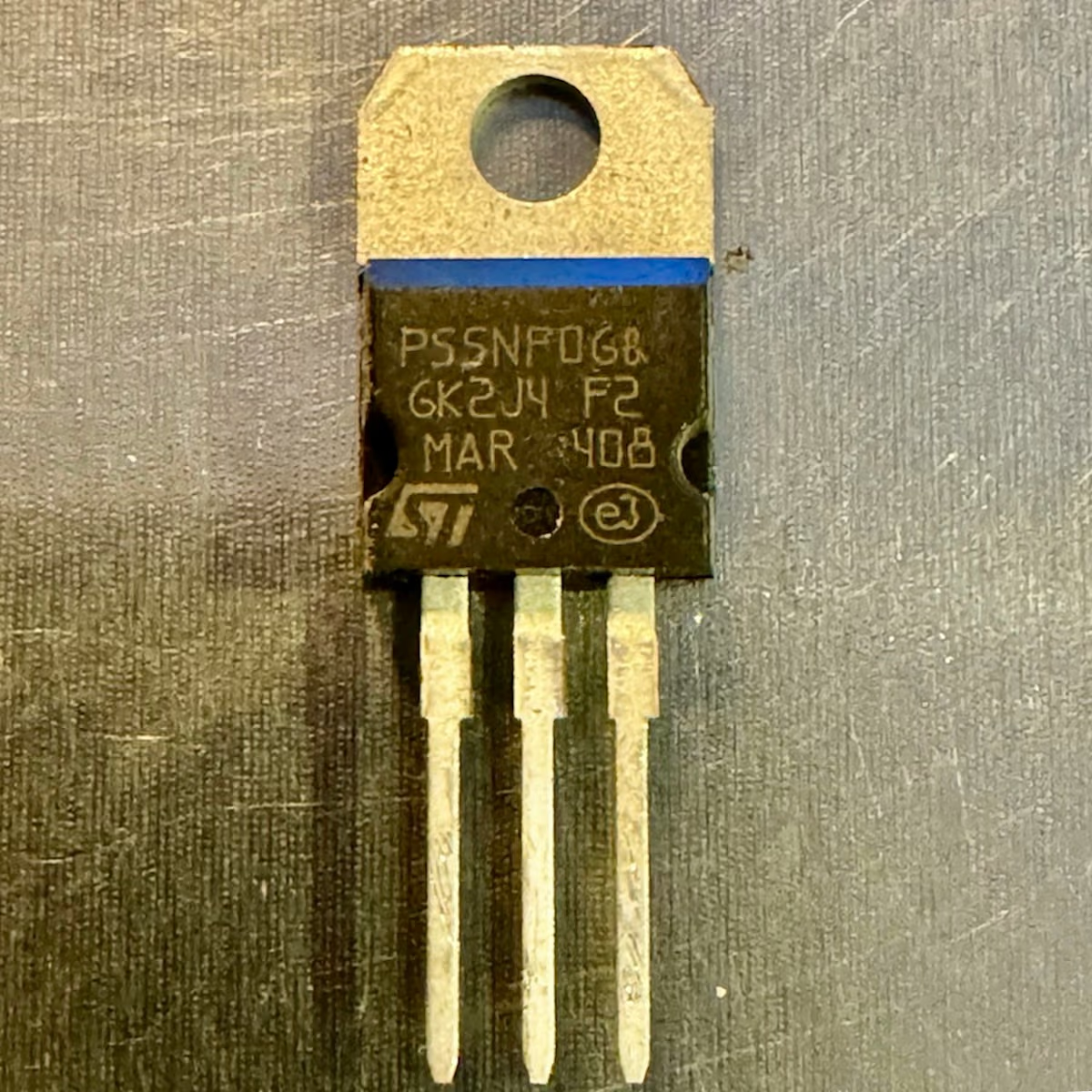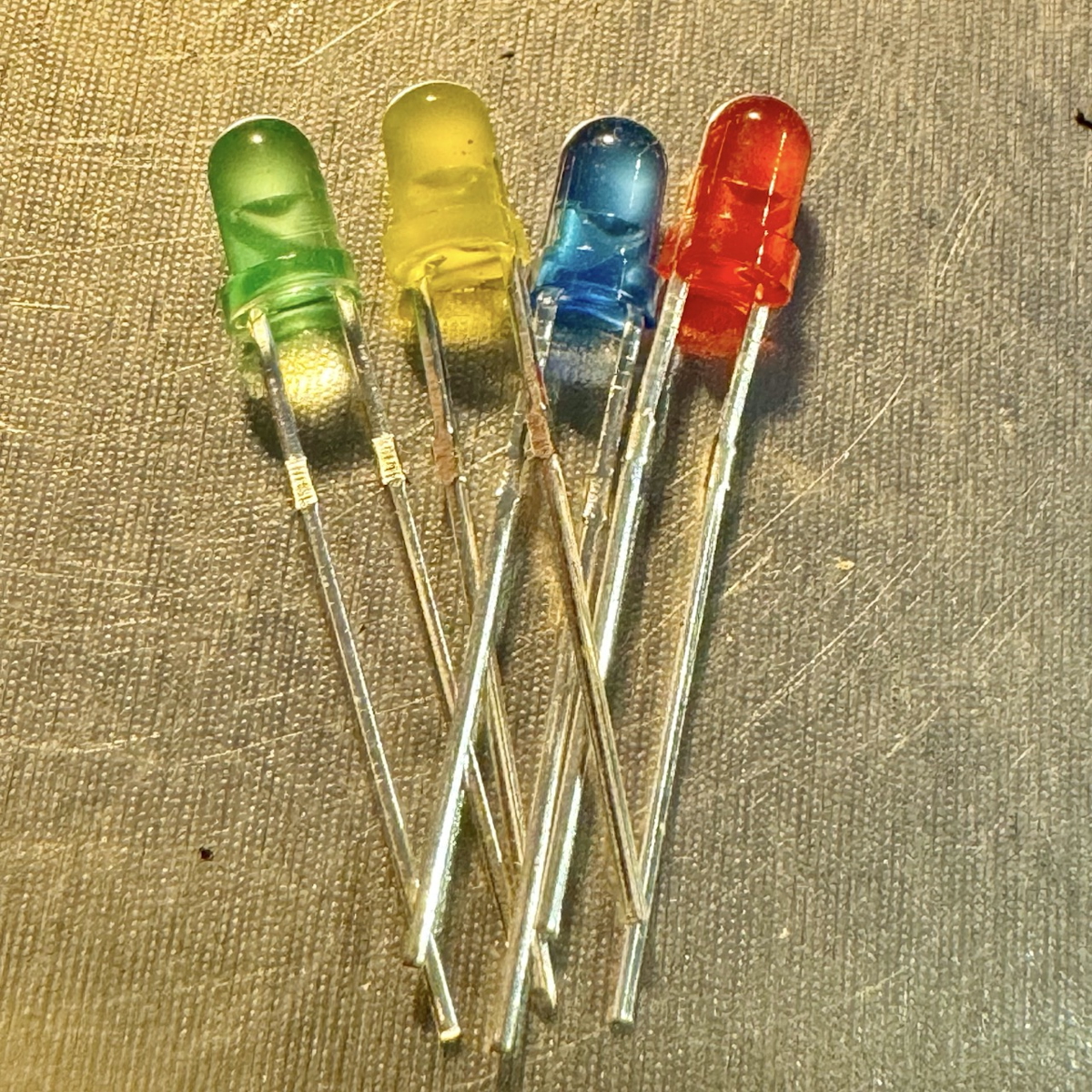Active Components
Introduction
Active components are essential in electronic circuits, as they require external power and can amplify signals or control current flow. This guide covers transistors, operational amplifiers, integrated circuits, logic gates, diodes, triacs, and their applications.
Logic Gates
Description: Logic gates are basic digital circuits that perform logical operations on one or more binary inputs to produce a single binary output. They form the building blocks of digital electronics, especially in computers and microcontrollers.
Types of Logic Gates:
- AND Gate: Outputs true (1) only when all inputs are true.
- OR Gate: Outputs true when at least one input is true.
- NOT Gate: Inverts the input (i.e., outputs true if input is false, and vice versa).
- NAND, NOR, XOR, and XNOR Gates: Variations that combine basic functions to achieve different logical outcomes.
Applications: Used in everything from arithmetic operations in CPUs to memory, control circuits, and communication protocols.
No Ads Available.
Transistors
Description: Transistors are semiconductor devices used to amplify or switch electronic signals. They are foundational to most active circuits, allowing for control and regulation of current and voltage.
Types of Transistors:
- Bipolar Junction Transistor (BJT): Has three terminals (emitter, base, and collector) and works by controlling current through the base. Subtypes include phototransistors, which are light-sensitive BJTs that use light to control the base current.
- Field Effect Transistor (FET): Controls current flow via an electric field; includes types like MOSFETs, JFETs, etc.

Applications: Essential in amplifiers, oscillators, power regulation, and as switches in digital circuits.
Integrated Circuits

Description: ICs contain multiple electronic components (transistors, resistors, capacitors, etc.) on a small silicon chip to perform complex functions. ICs are used in virtually all modern electronic devices.
Types of ICs:
- Digital ICs: Include microcontrollers, memory chips, logic gates, and processors.
- Analog ICs: Handle continuous signals; used in amplifiers, signal modulators, etc.
Diodes
Description: Diodes are typically considered passive components because they do not amplify or control current flow in a circuit; they allow current to flow in only one direction, acting as one-way valves. They’re commonly used for rectification, voltage regulation, and protection. However, certain types of diodes, such as tunnel diodes and Light Emitting Diodes (LEDs), exhibit active behavior due to their ability to amplify signals or emit light, making them active components.

Types of Diodes:
- Standard Diode: Allows current to flow in one direction only, used for rectification and protection.
- Zener Diode: Allows current to flow in both directions but only when the voltage exceeds a certain threshold; used for voltage regulation.
- Light Emitting Diode (LED): A diode that emits light when current flows through it; considered an active component due to its power-driven emission of light.
- Tunnel Diode: A diode that exhibits negative resistance due to quantum tunneling, making it capable of amplification and oscillation. This makes it an active component.
- Photodiode: Generates a current when exposed to light, used in light-sensing and solar applications.
- Schottky Diode: Known for its low forward voltage drop and fast switching speed, this diode is often used in high-frequency applications and as a rectifier in power supplies to improve efficiency.
- Varactor Diode (Variable Capacitance Diode): Acts as a variable capacitor when reverse-biased, widely used in voltage-controlled oscillators and frequency modulation in radio frequency circuits.
- Avalanche Diode: Operates in reverse breakdown mode for applications needing precise voltage control. It’s commonly used in high-voltage circuits for protection.
- Laser Diode: Emits coherent light through a process of stimulated emission, used in applications like barcode scanners, fiber optic communications, and laser pointers.
- Transient Voltage Suppression (TVS) Diode: Designed to protect sensitive electronics by absorbing high-voltage spikes, it’s used in surge protection circuits.
Applications: Diodes are used in power supplies, voltage regulators, signal demodulation, and light detection.
Triacs
Description: Triacs are three-terminal semiconductor devices that control AC power. They can switch current on and off and are used for controlling high-power AC loads.
Types of Triacs:
- Standard Triac: Used for basic AC switching applications.
- Snubberless Triac: Suitable for circuits without snubber networks, used for sensitive electronic loads.
Applications: Triacs are commonly used in light dimmers, motor speed controls, and AC power switching circuits.
Conclusion
Active components are fundamental to electronics, enabling signal amplification and circuit control. Familiarity with these components aids in designing and troubleshooting electronic systems. For detailed study, refer to datasheets, resources, or tutorials.
100 Active Components Experiments
- 1. BJT Amplifier Experiment
- 2. MOSFET Switching Experiment
- 3. Operational Amplifier Filter Design Experiment
- 4. Triac Control Circuit Experiment
- 5. SCR Phase Control Experiment
- 6. Comparator Voltage Level Experiment
- 7. Logic Gate Implementation with ICs Experiment
- 8. Linear Power Supply Design Experiment
- 9. Switching Power Supply Efficiency Experiment
- 10. Op-Amp Integrator Experiment
- 11. Relay Control Experiment
- 12. DC Motor Speed Control Experiment
- 13. LED Blinking Circuit with Transistors
- 14. Photodiode Light Sensor Experiment
- 15. Voltage Regulator with Zener Diode
- 16. Pulse Width Modulation (PWM) Control of DC Motor
- 17. Servo Motor Position Control
- 18. Stepper Motor Driver Circuit
- 19. Signal Amplification with Op-Amps
- 20. AC Signal Rectification with Diodes
- 21. NAND Gate Flip-Flop Experiment
- 22. Capacitor Charging and Discharging with Transistors
- 23. Triac Dimmer Circuit for AC Loads
- 24. Digital Counter with Logic Gates
- 25. Astable Multivibrator with Transistors
- 26. Half-Wave Rectifier Experiment
- 27. Light-Activated Relay Circuit with Photodiode
- 28. Sine Wave Generator with Op-Amps
- 29. Inverting and Non-Inverting Amplifier Circuits
- 30. XOR Gate Logic Experiment
- 31. H-Bridge Circuit for DC Motor Reversal
- 32. Frequency Divider with Flip-Flops
- 33. Current Limiting with LED and Transistor
- 34. Bistable Flip-Flop Circuit with Relays
- 35. Signal Filtering with Capacitors and Op-Amps
- 36. Relay Switching of High-Current Loads
- 37. Comparator for Threshold Detection
- 38. Temperature Sensor Circuit with Diodes
- 39. Full-Wave Rectifier Design
- 40. Blinking LED Circuit with 555 Timer
- 41. Servo Motor Control with PWM
- 42. Phototransistor as Light Detector
- 43. Logic Gate Flip-Flop with LEDs
- 44. Variable Voltage Regulator Experiment
- 45. Transistor H-Bridge for Motor Control
- 46. Half-Adder Circuit with Logic Gates
- 47. Non-Inverting Op-Amp Buffer
- 48. Astable Oscillator with ICs
- 49. Crystal Oscillator Frequency Stabilizer
- 50. Comparator-Based Light Switch
- 51. SCR Switching for AC Loads
- 52. Triac Dimmer for Lamp Control
- 53. Photodiode-Based Proximity Sensor
- 54. Full-Wave Rectifier with Center-Tap Transformer
- 55. XOR-Based Digital Adder Circuit
- 56. High-Side Switching with Transistors
- 57. NAND Gate Latch for Memory
- 58. Low-Pass Filter with Op-Amps
- 59. Capacitor Bank for Power Stabilization
- 60. Zero-Crossing Detection Circuit
- 61. Transistor-Based Voltage Regulator
- 62. Stepper Motor Driver Circuit Design
- 63. Logic Probe with LEDs
- 64. High-Pass Filter for Signal Processing
- 65. Active Rectifier Circuit with Op-Amps
- 66. Current Source with Transistor
- 67. Inverting Amplifier with Variable Gain
- 68. Schmitt Trigger with Transistor
- 69. Sample and Hold Circuit
- 70. Logic Level Shifter with Transistors
- 71. Voltage Doubler Circuit
- 72. Temperature Sensor with Op-Amp
- 73. Digital Pulse Counter
- 74. Over-Voltage Protection Circuit
- 75. DC Motor Braking Circuit
- 76. Adjustable LED Dimmer
- 77. Comparator-Based Sound Detector
- 78. Pulse Generation with 555 Timer
- 79. Capacitive Touch Sensor Circuit
- 80. DC-AC Inverter with MOSFETs
- 81. VCO (Voltage-Controlled Oscillator) with Op-Amps
- 82. Light Sensitive Dimmer with Photodiode
- 83. 555 Timer as a PWM Generator
- 84. Digital-to-Analog Converter (DAC)
- 85. Capacitor Discharge LED Blinker
- 86. Charge Pump Voltage Converter
- 87. Active Low-Pass Filter with Op-Amps
- 88. Active High-Pass Filter with Op-Amps
- 89. Frequency Modulation (FM) Circuit
- 90. AM (Amplitude Modulation) Circuit
- 91. Analog Signal Demodulation
- 92. Signal Clipping with Diodes
- 93. Buck Converter Circuit
- 94. Boost Converter Circuit
- 95. Diode-Based Voltage Clamping Circuit
- 96. Passive and Active Mixer for Signal Processing
- 97. Switching Regulator with PWM Control
- 98. High-Speed Comparator for Fast Switching
- 99. Signal Isolation with Optocoupler
- 100. Differential Amplifier Circuit


